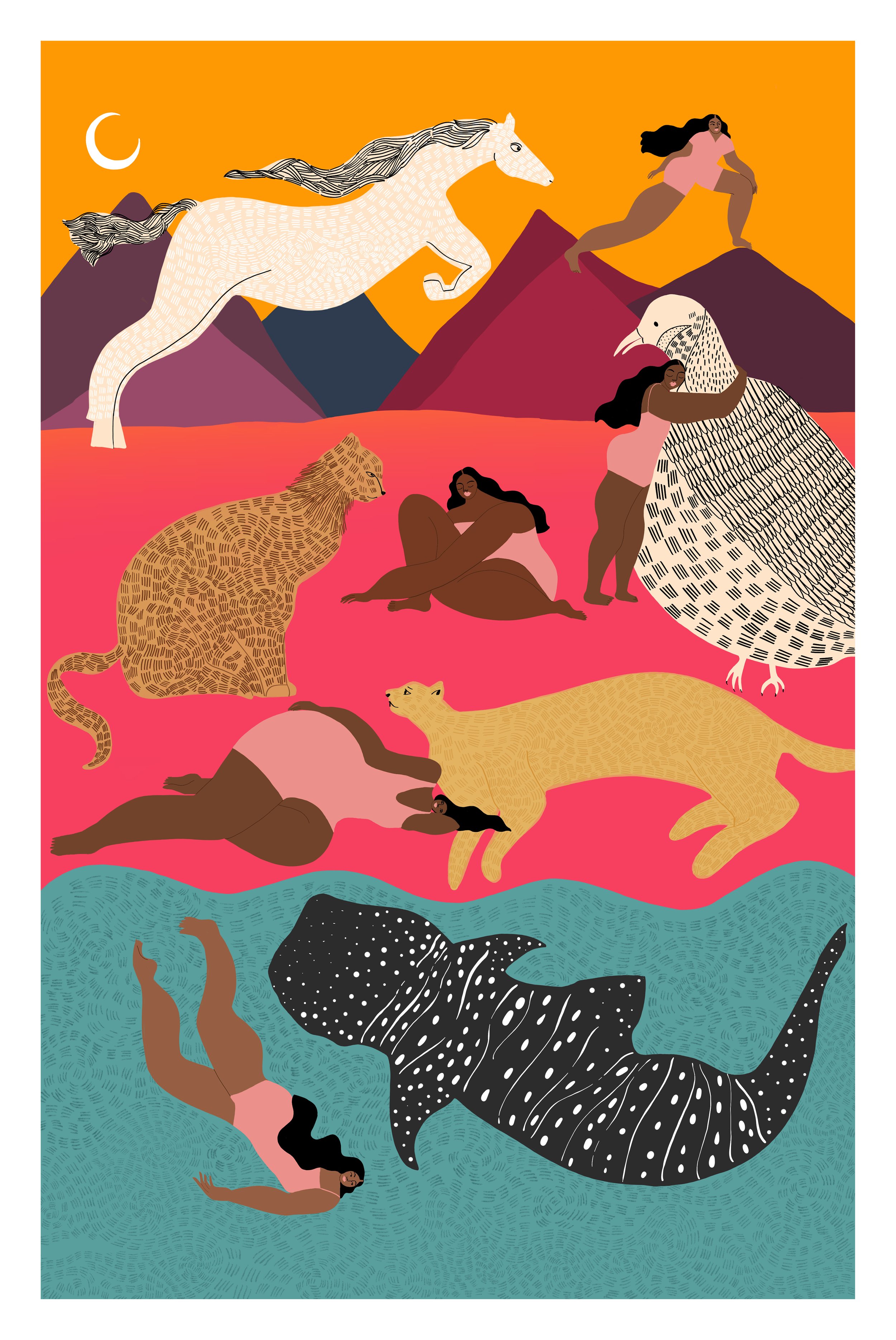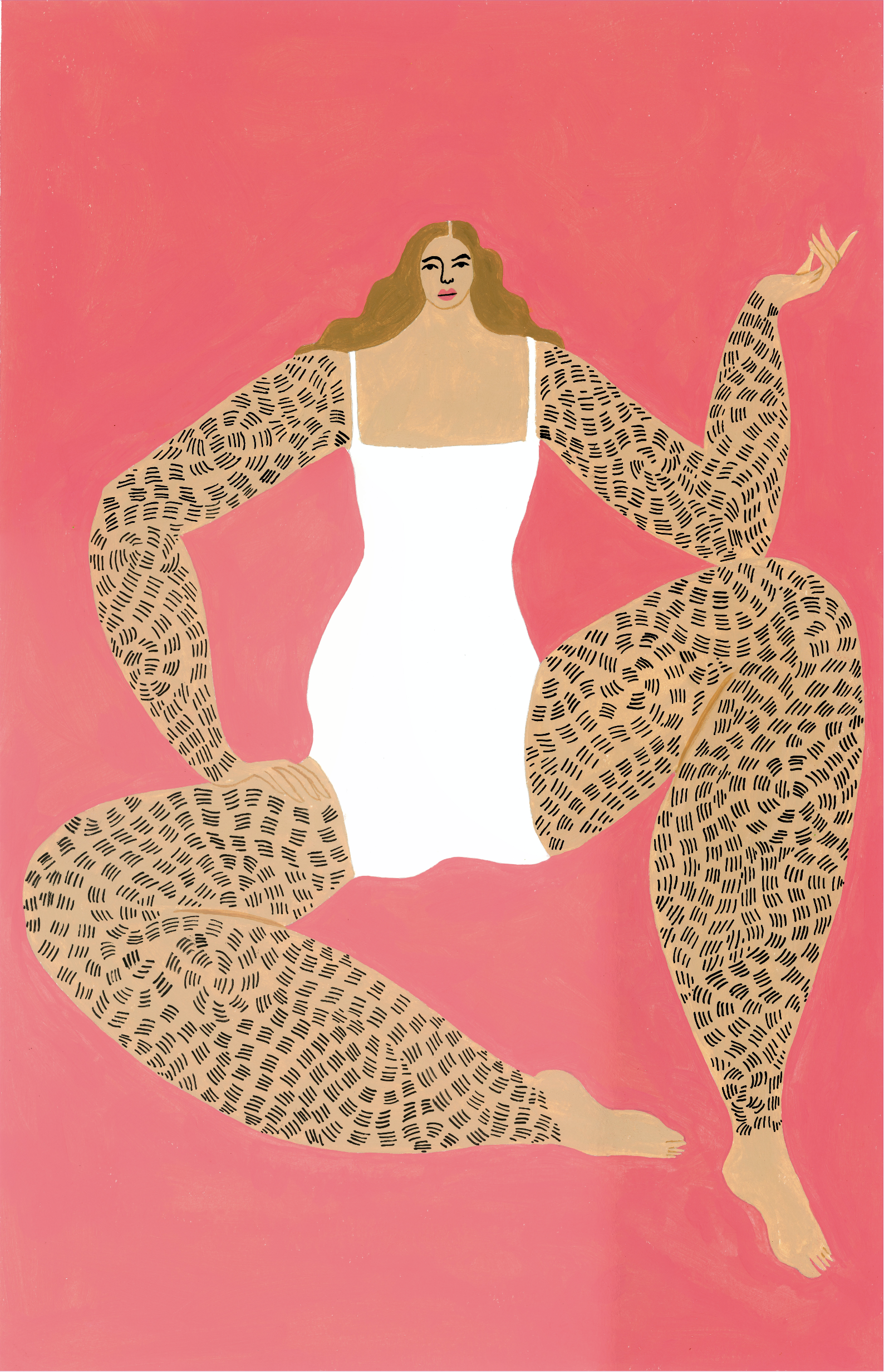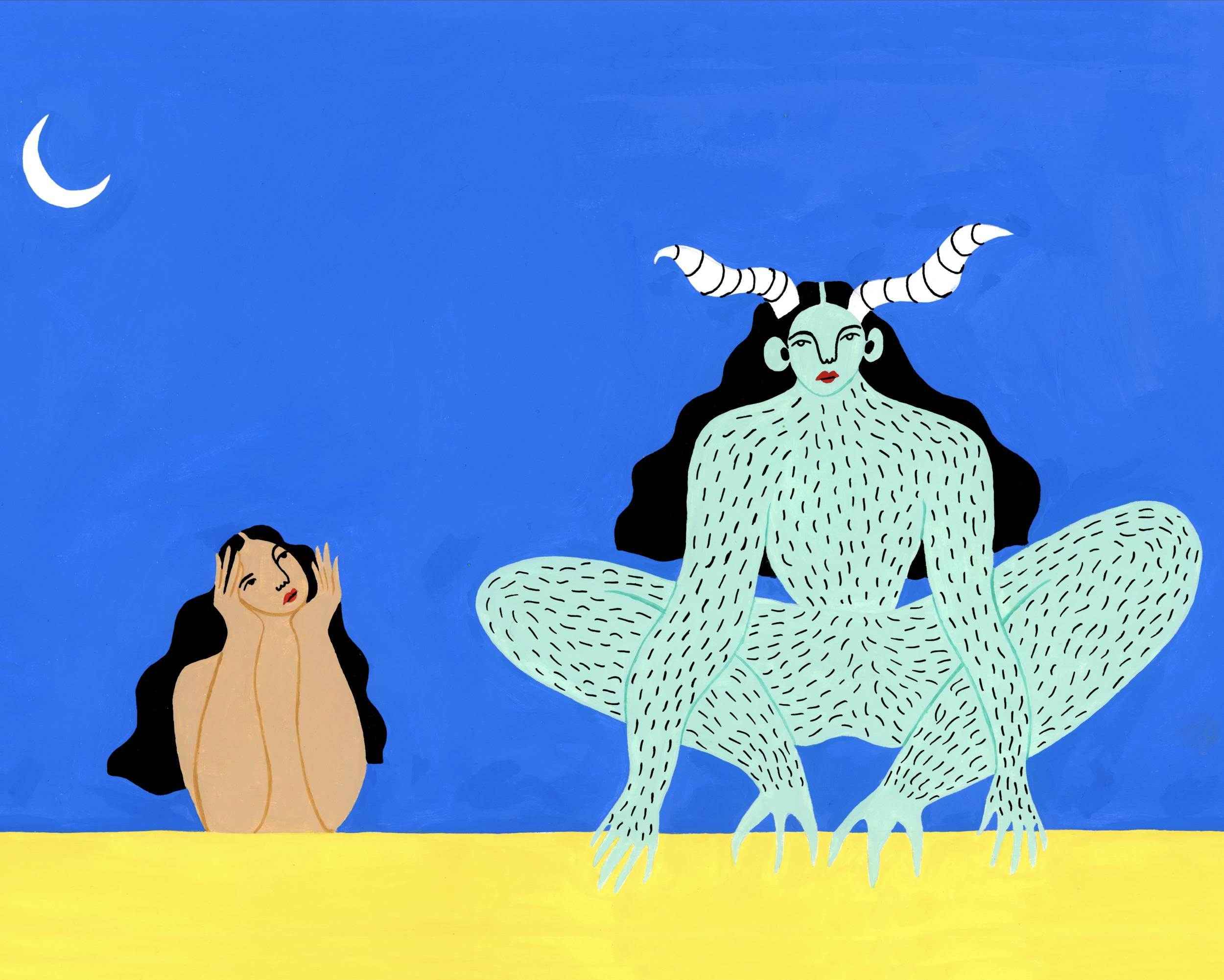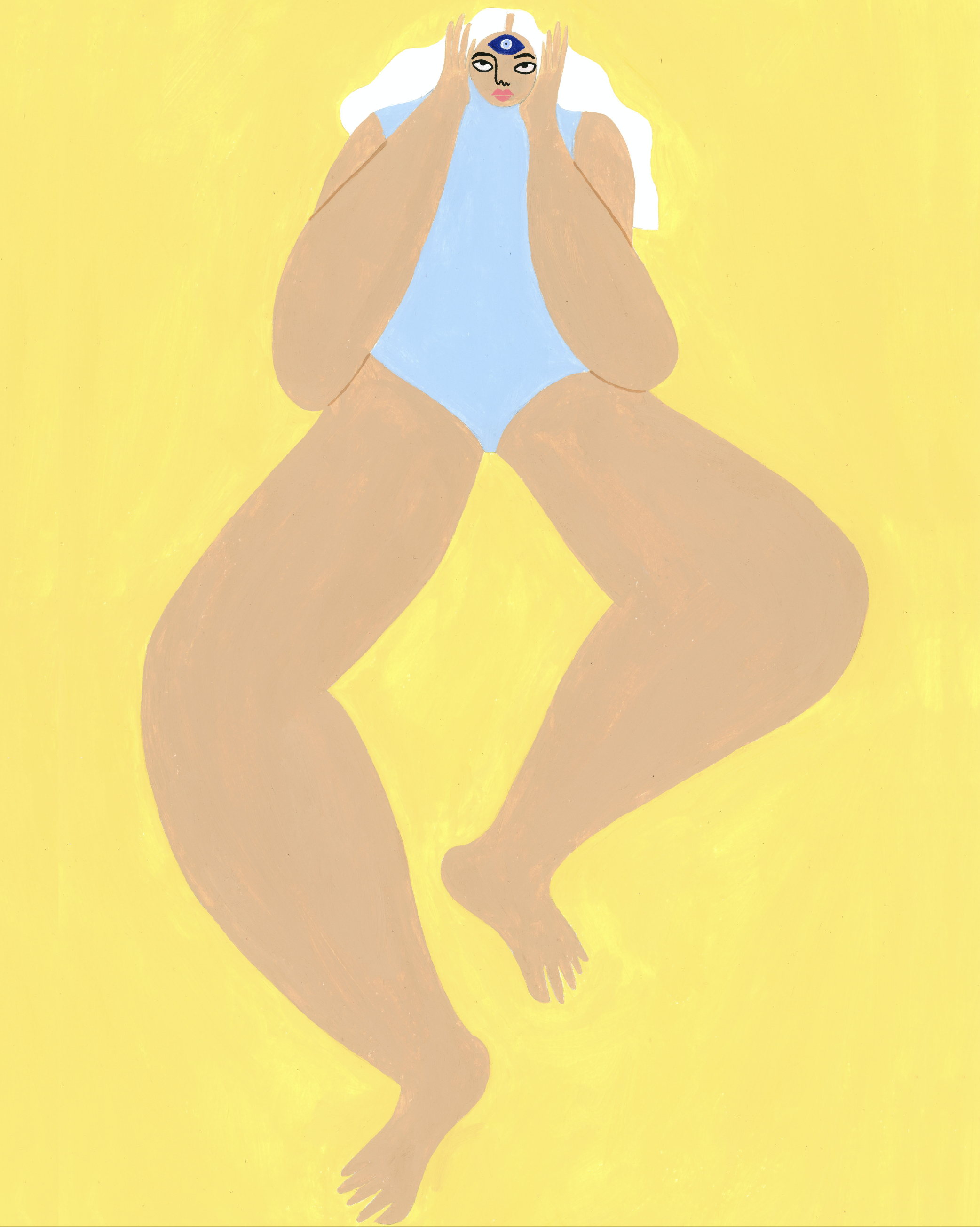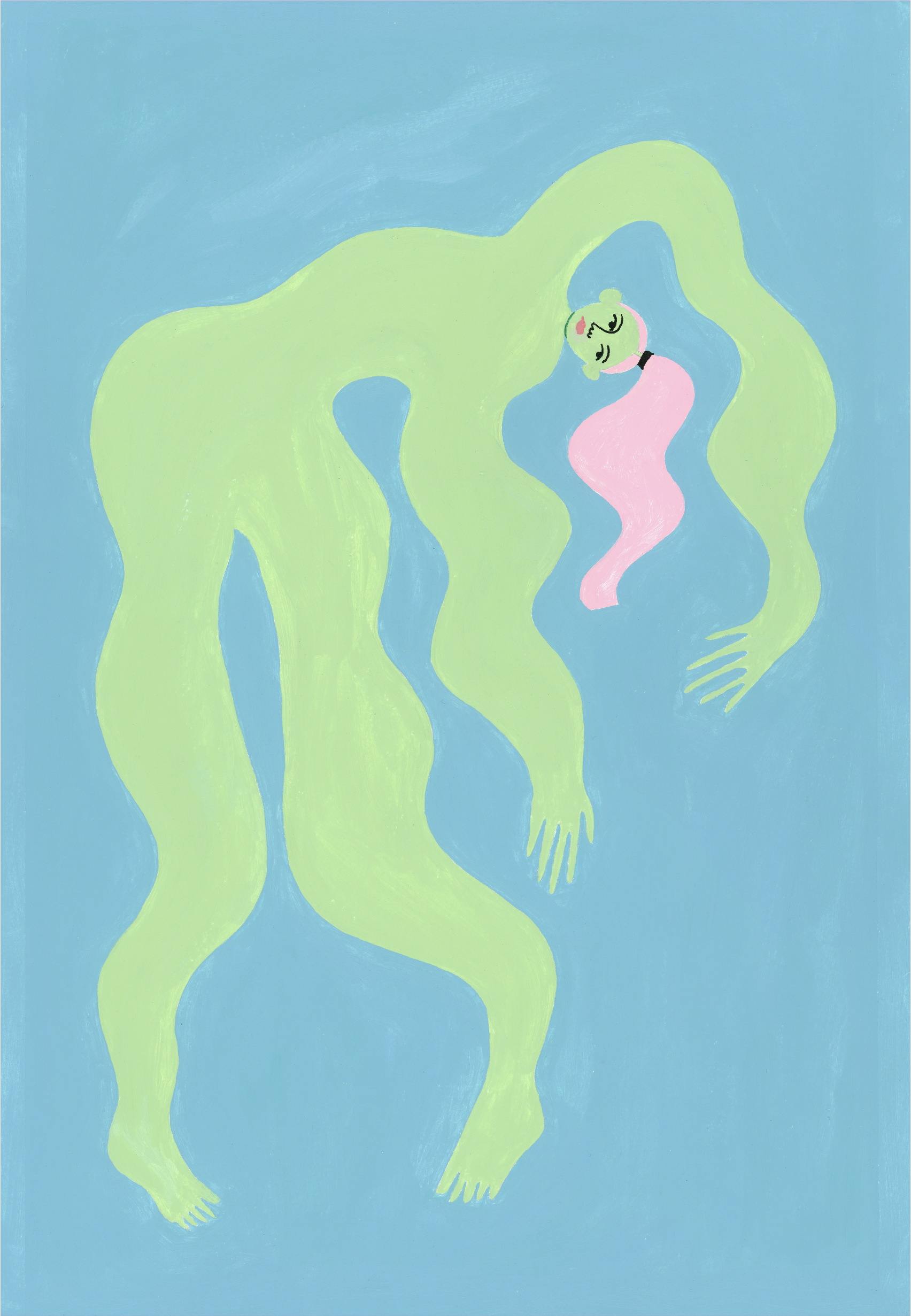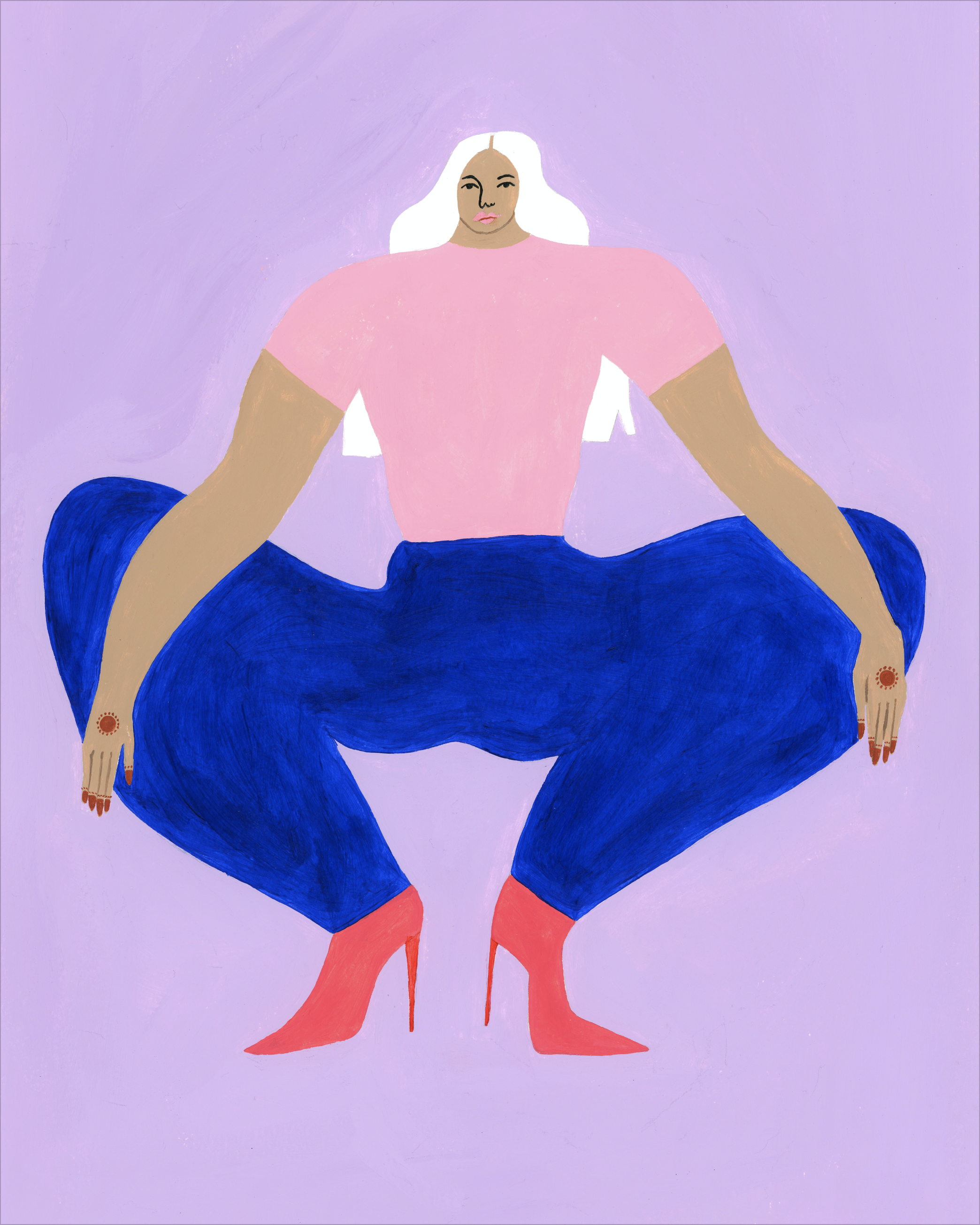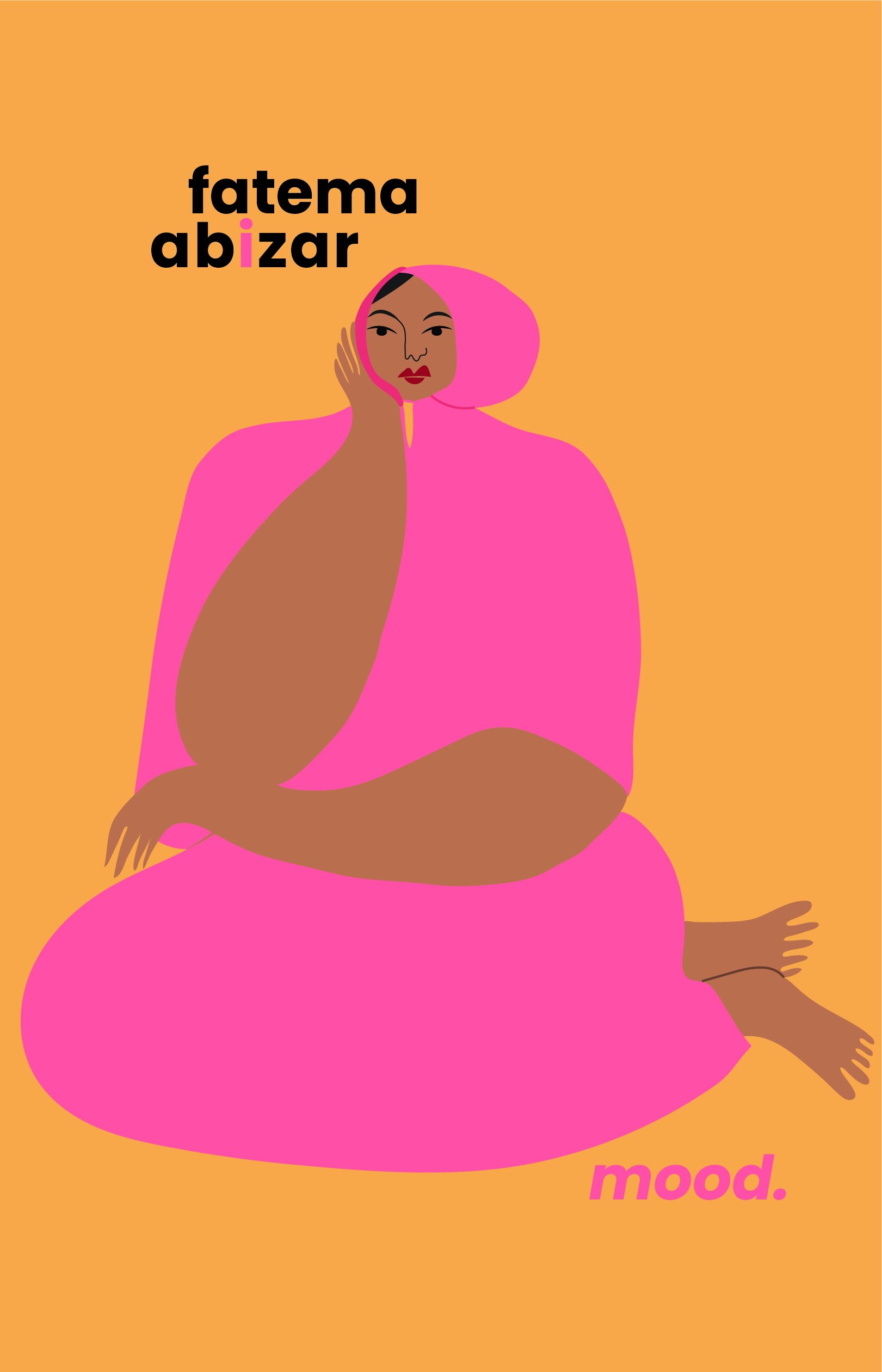“mood.”
Byline: Zahra Amiruddin
It’s 2019, and we’re standing at the cusp of an amorphous universe. One whose boundaries are being redefined everyday, inclusive of the voices that once stood unheard. It’s a combination of women’s strength, support, and the power of a global culture that are tearing down the stereotypes society built.
The shackles of fear have loosened their grip, as conversations in wind take over. This is the very wind that serenaded the artist and my first encounter, by the Arabian Sea on a stormy day. Fatema stood on the promenade at Marine Drive, Bombay, caught in a battle with her flying umbrella. While some might argue that the umbrella won, this writer is of the strong opinion that Fatema emerged from the battle victorious. A month before her wedding, drenched in the Bombay rain, and heading off home right after to juggle her mother’s concern, wedding planning, and creating art.
Fatema’s creations are both powerful and fluid, much like her personality. Centred upon women she has encountered through her life, as well the one staring back in the mirror, her paintings depict large portraits filling in the white spaces of the canvas. It derives from the innate feeling of being unable to occupy a larger space in the world because of external reasons, as well as one’s own insecurities. The artist has been largely impacted by Le Corbusier, and the ease with which he manipulates the female form.
With paintings titled ‘An ode to the squatty potty,’ ‘I think my brain broke,’ ‘Darling do you think my ancestors had time to shave?’, and ‘Wednesday Greens,’ the artist’s sketches are reactions to uncomfortable and grave situations. She peppers them with humour, and tries to bring forth elements of vagueness in both the artwork and the titles. It’s her way of making them as relatable as possible, no matter one’s background, culture, language, or personal experiences.
Fatema’s persona seeps into her creations not only through her brush strokes, but her passion for creating colour palettes. She spends a considerable amount of time finding the right shades that work together on a canvas. It’s the reason why her paintings are so vibrant and pleasing to the eye. Almost like a still life of a Wes Anderson set.
The artist’s obsession with vibrancy comes from various traditional methods of Indian art such as Madhubani and Gond, and international artists, Matisse and Gaugain. The viewer can often spot pastels in her work, owing to her inspiration, Pierre Boncompain.
Fatema finds it easiest to mix this pop of colour and humour to start conversations on tricky topics such as body hair, expectations of women from society, “compliments,” women encounter, and the inner demon we all are weighed down by. And as each piece presents itself, little by little, we’re seeing slivers of moods, drifting through the subconscious of the artist. Settling themselves on surfaces, deep within, in a place other than in her own mind.
